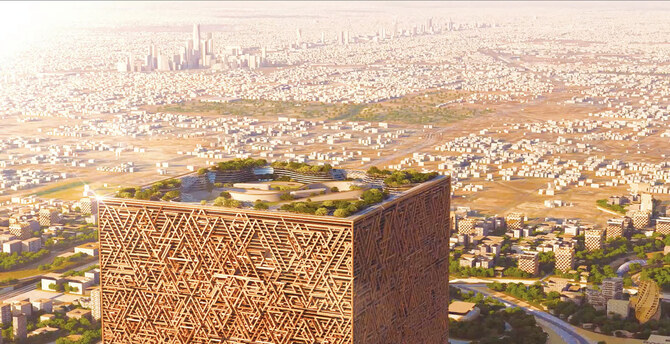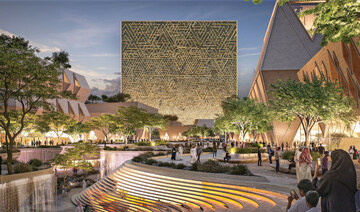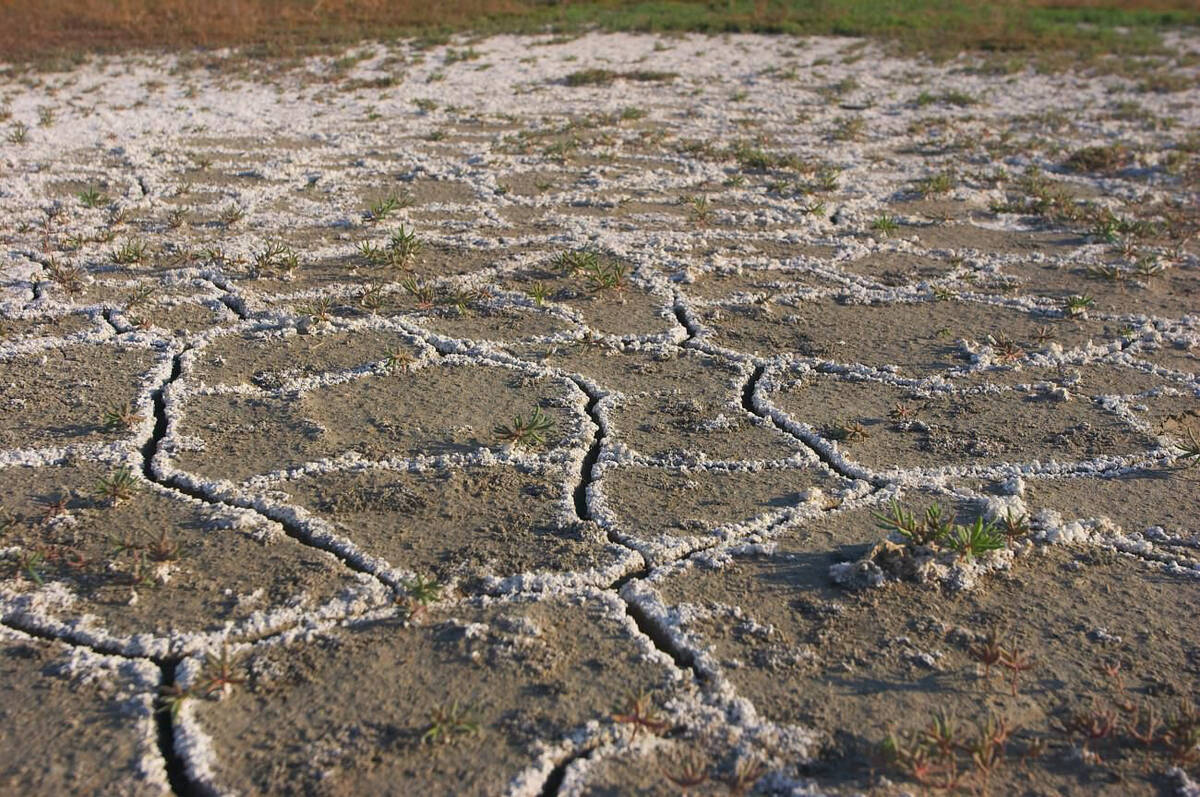RIYADH: Amid Saudi Arabia’s bold quest to break free from its oil dependency, transformative giga-projects are emerging as game changers, paving the way for a vibrant, diversified economy.
One development that stands out is the New Murabba project, which is set to transform Riyadh by creating a new city district that acts as a portal to a whole new experience.
Launched in 2023 by Crown Prince Mohammed bin Salman, New Murabba will cover 19 sq. km., creating a dynamic new city area in the Kingdom’s capital.
This project promises an exceptional blend of living, working, and entertainment, developing over 25 million sq. m. to include residential units, hotels, retail spaces, and community amenities.

The sheer scale and ambition of this development are consummate with Vision 2030 and its far-reaching transformation of the Kingdom.
Amer Lahham, Partner of public sector practice at Kearney Middle East and Africa
Spearheaded by the New Murabba Development Co., it will also feature convenient transportation options and a prime location just 20 minutes from the airport.
“New Murabba is a bold project that will further Saudi’s vision in creating a vibrant economic ecosystem, attracting investments across sectors, emphasizing sustainable urban planning, creating advanced technical jobs, and further enriching cultural landscape of the Kingdom,” said Karim Shariff, head of Bain and Co.’s Europe, Middle East, and Africa Construction, Building Products, Real Estate and B2B Services sector.
“The opportunity to create an innovative integrated ecosystem is a one of a kind,” Shariff added.
New Murabba will see real estate distributed across 18 communities, with an estimated population exceeding 400,000.

New Murabba is a bold project that will further Saudi’s vision in creating a vibrant economic ecosystem.
Karim Shariff, head of Bain and Co.’s Europe, Middle East, and Africa Construction, Building Products, Real Estate
This destination will serve as a model for urban planning, boasting seamless transportation and sustainable infrastructure.
It will accommodate over 100,000 homes, 9,000 hotel rooms, and 500,000 sq. m. of retail space. It will also feature various entertainment venues, educational institutions, health care facilities, and a 45,000-seat stadium.
The downtown area will be designed to ensure that green spaces and essential services are accessible within a 15-minute radius.
Central to the project is the Mukaab — designed to be a premier destination featuring a variety of retail, cultural, and tourist attractions, as well as residential and hotel accommodations, commercial areas, and recreational amenities.
Drawing inspiration from the Najdi architectural style, the cube shaped structure will add a new dimension to the Riyadh skyline.

New Murabba aims to establish a central hub to drive innovation and provide a platform for attracting businesses and talent.
Camilla Bevilacqua, Partner at Arthur D. Little
Camilla Bevilacqua, partner at international management consulting firm Arthur D. Little, said: “The main objective of New Murabba is to enhance Riyadh’s competitiveness and create an iconic and enduring landmark that will help position Riyadh on the global map as one of the best cities to live and work in. New Murabba aims to establish a central hub to drive innovation and provide a platform for attracting businesses and talent.”
Amer Lahham, partner of public sector practice at Kearney Middle East and Africa added that “the sheer scale and ambition of this development are consummate with Vision 2030 and its far-reaching transformation of the Kingdom.”
He went on to say: “The anchor structure, the cube, can become a symbol of the capital, Riyadh, and the significant effect Vision 2030 has had on the city’s urban landscape and skyline.
“As such, the development is promising to be one of Riyadh’s main touristic attractions, becoming a main contributor to the city and Kingdom’s tourism and hospitality sector.”
Opportunities created by New Murabba
The project is set to bring about several economic opportunities for local businesses and the broader Riyadh economy.
“New Murabba has the potential to become a hub for innovation and collaboration, serving as a magnet and launchpad for sectors like the creative industry. This will have a direct and indirect positive impact on Riyadh’s economy,” Arthur D. Little’s Bevilacqua said.
“By focusing on high-quality education, the project will attract talent and convert that talent into new business opportunities,” she added.
The partner went on to note that New Murabba could provide a platform for young entrepreneurs to create and commercialize innovative brands, retail concepts, and cutting-edge, entertainment-driven technologies that will generate significant footfall.
New Murabba project impact on economy, job creation
With the introduction of over 100,000 residential units and various commercial spaces, several types of jobs are expected to emerge, thereby impacting the economy as well as the local labor market.
From Bain and Co.’s perspective, Shariff said: “New Murabba project is poised to be a catalyst for economic growth and diversification. We anticipate over 300,000 direct and indirect jobs to be expected across a variety of sectors including construction, hospitality, retail, green technology, mobility, and innovation given the sheer scale of the development.”
He added: “The project will also foster partnerships between local and international firms, encouraging knowledge transfer, investment, and collaborative opportunities.”
From ADL’s side Bevilacqua said New Murabba will “redefine living standards”, with a focus on integrating nature, health, and wellness to create an environment that attracts residents and visitors alike.
“Driven by unique products developed by creative minds, New Murabba will transform the city’s shopping and leisure experience,” she added.
On behalf of Kearney, Lahham believes that the “futuristic and unique nature” of the project should make for a differentiated product that will further elevate key economic sectors.
The Kearney representative believes New Murabba will result in the creation of a significant number of jobs, adding: “Property management should be an interesting space to monitor in this regard, with the new cube becoming a magnet for a sophisticated workforce that will operate and maintain the anchor asset, The Cube — a complex, highly digitized, experiential structure.”




















